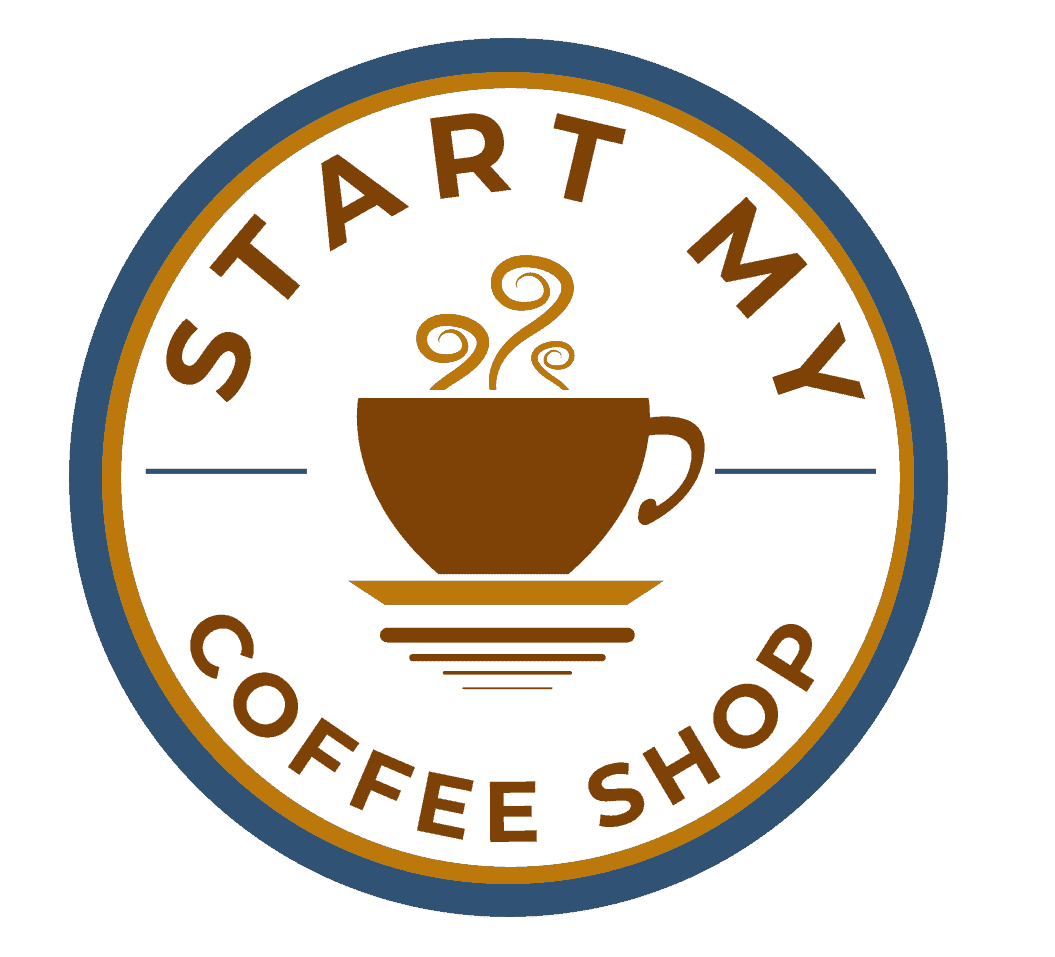Over 400 million cups of coffee are consumed daily in the United States — making it one (if not the) most popular beverage in the country! As a result, the coffee industry is also one of the most competitive industries across the globe.
Thus, if you are planning on opening a coffee shop, or already have one, you need to serve more than just ‘good’ java. You might be asking yourself: how? And the answer is simple: top-quality coffee beans.
Coffee beans are the essence of coffee, the raw material that can ‘make or break’ your business. So, to choose the best wholesale coffee beans available, you will need to take into account three things:
- Type of Seed
- Roasting Process
- Grade of Coffee Beans
Type of Seed
As you know, all coffee beans are harvested from a plant called ‘Coffea’, most commonly known as the coffee tree. But not all coffee beans are the same. Usually, there are two general categories:
Arabica
It is originally from Ethiopia and was the first grain to be grown for this specific purpose. The ‘Arabica coffee’ is the most popular kind of coffee worldwide – making up 60% of the coffee production in the world.
High-quality Arabica beans grow mostly in Latin America and African countries such as:
- Brazil
- Burundi
- Colombia
- Costa Rica
- Ecuador
- Ethiopia
- Guatemala
- India
- Mexico
- Rwanda
It is important to note that Brazil is the largest producer of Arabica coffee beans in the world. Furthermore, 20+ types of Arabica beans range from Caturra, Kent, and Mocca to Pacas and Villalobos.
Therefore, if you are just starting, we recommend you consider investing in this particular bean-type for several reasons:
- It is the most accessible mass-produced bean.
- It is consumed by 80% of the world’s coffee-drinking population.
- It contains more sugar than other grains — most people prefer sweet blends.
- It is one of the smoothest grains to process.
Nonetheless, like almost everything in life, it has its downsides. The Arabica coffee bean is more expensive. Mostly because the Arabica plant produces less per year than other coffee plants and has a very high demand.
Robusta
The Robusta bean grows exclusively in the Eastern hemisphere, primarily in Africa and Indonesia. Today, Vietnam has become the largest producer and exporter of Robusta coffee — accounting for over 40% of the world’s production.
Robusta beans are used primarily in instant coffee as they have a more acidic nature. They are easier to look after than Arabica coffee plants and have a higher crop yield. Thus, if you are looking for cheap beans, these are the way to go!
Do not mistake ‘cheap’ for lesser quality. Yes, Arabica beans have a smoother taste, but this does not make them superior! Robusta beans have countless attributes, such as:
- They are rich in flavor and very dense.
- They have more caffeine than any other grain in the market.
- They are used as a natural stimulant, diuretic, and antioxidant.
It all comes down to the needs and wants of your target audience. If your customer is looking for sweet aromatic coffee, Arabica is the way to go; but if your clients love the strong taste of traditional Italian espresso, then you should purchase Robusta.
Besides, in recent years, the use of ‘mixtures’ has become increasingly popular. A mixture is a blend of both Arabica and Robusta beans. These tend to accentuate flavors and help develop unique blends. A smart move if you are looking to set yourself apart from the competition!
Roasting Process

Always ask providers about their roasting process. It may seem like a no-brainer, but it is a crucial factor if you are looking for high-quality coffee.
The “Toaster” or person who is responsible for roasting the coffee must be trained to do so. It requires experience, and not everyone can do the job! Furthermore, the roasting process includes other vital tasks aside from the obvious: roasting. These complimentary tasks include sorting, cooling, and packaging your grains.
Also, you might want to consider the type of roasting used within the process. This will ultimately determine the type of product you will be offering. The most common types of roasting are:
- Clear: produces higher acidity coffee.
- Light: has an acid touch with high levels of caffeine.
- Average American: it is the traditional toasting method used by most establishments or at home.
- Dark: directed to knowledgeable and educated coffee drinkers, it is a more gourmet offer, less bitter, and with higher sweetness.
Last, but not least, take a good look at the color of the beans you are purchasing. The most significant variant in roasting coffee is color. This attribute is your guide to knowing if the coffee you serve in your shop will have more or less acidity and/or sweetness. The more roasted the grain, the sweeter it will be. In contrast, the shorter the time roasted, the higher the acidity.
Grade of Coffee Beans
Believe it or not, coffee beans have grades. Depending on their quality, grains can be categorized into different groups. The Specialty Coffee Association of America, commonly known as the SCAA, has a systematic method to compare coffee beans based on their quality.
The coffee screening method is very extensive and highly technical. Thus, as a coffee owner, the only question you should be asking is: how are coffee beans graded? According to the SCAA, a coffee bean can be:
- Grade 1 or ‘Specialty Grade Coffee Beans’
- Grade 2 or ‘Premium Grade Coffee Beans’
- Grade 3 or ‘Exchange Grade Coffee Beans’
- Grade 4 or ‘Standard Grade Coffee Beans’
- Grade 5 or ‘Off Grade Coffee Beans’
Keep in mind that aside from this, companies are responsible for certifying the quality of their coffee. It is a requirement to consider what processes need exclusive certification, as is the case of ‘organic’ coffees.
Making a Decision
As you can see, choosing the best wholesale coffee beans available is more straightforward than you may have imagined! You just need proper training, a basic knowledge/understanding of the coffee-making process principles, and course, a good grasp as to what your customers want.
Ultimately, the coffee bean is what will define the quality of your product. So don’t take the process of selecting a wholesaler lightly. It is necessary to invest time in the process and evaluate all your options. Overall, different coffee beans have different quality variants that you can take advantage of by playing with their flavors.
The best coffee beans in the world won’t taste the same without the necessary equipment! Check out our reviews of espresso machines here.
Frequently Asked Questions

Are there other less important factors I need to consider?
Even though the type of seed, roasting process, and grade of coffee beans are the most important factors when choosing the right coffee beans for your shop, you should also consider:
- Transportation: The roasted coffee bean begins to lose its essence and flavors quickly. Thus, if you want these to be fresh as long as possible, you need to consider what would be the quickest and simplest method and route of transportation. Furthermore, find out if your country or a nearby country produces coffee. That will save you valuable time and ensure higher quality.
- Packaging: As soon as your grains are dry, they should be packed in a vacuum so that they keep their organoleptic properties untouched for as long as possible.
- Industry Awards: The Specialty Coffee Association (SCA), amongst many other international and national organizations, recognizes the best and the most exceptional industry players. Thus, if your wholesaler has one or more distinctions, you can rest assured that the company is legit and there is a lower chance of ending up with low-quality coffee beans.
How can I know the type of coffee my potential customers would like?
There are many ways in which you can conduct market research. However, the most efficient method you can use is conducting ‘preference tests’ with potential customers. During these assessments, customers taste different types of grains and ultimately select their favorite. This will help you to get to know your target audience.
Another great way to evaluate the needs and wants of your “Buyer Persona” or ideal customer is by researching the competition. A simple look at their menu can help you make an educated guess of the type of beans they use. Moreover, more often than not, coffee shops advertise their coffee’s origins and processes.
You can also just ask around and take note of the responses you get or sit down at a nearby coffee shop and write down what customers are buying. Think of it as fieldwork for your future endeavors!
And if all of the above doesn’t seem enough, put yourself in the customer’s position and think about what you would want to see at your local coffee shop, what it is missing, or what you love. After all… it is your business!
To learn more on how to start your coffee shop check my startup documents here
Please note: This blog post is for educational purposes only and does not constitute legal advice. Please consult a legal expert to address your specific needs.

Hi! I’m Shawn Chun
My adventure in coffee began when I first launched my first coffee shop back in the early 2000s. I had to figure out so many things on my own and to make it worse within 2 years of opening two large corporate coffee chains moved in just blocks away from me!
As I saw smaller and even some larger coffee shops in the neighborhood slowly lose customers to these giant coffee chains and slowly close up shop, I knew that I had to start getting creative…or go out of business.
I (like you may be) knew the coffee industry well. I could make the best latte art around and the foam on my caps was the fluffiest you have ever seen. I even had the best state-of-the-art 2 group digital Nuova Simonelli machine money could buy. But I knew that these things alone would not be enough to lure customers away from the name brand established coffee shops.
Eventually, through lots of trial and error as well as perseverance and creativity I did find a way to not only survive but also thrive in the coffee/espresso industry even while those corporate coffee chains stayed put. During those years I learned to adapt and always faced new challenges. It was not always easy, however, in the end, I was the sole survivor independent coffee shop within a 10-mile radius of my location. Just two corporate coffee chains and I were left after that year. All told the corporate coffee chains took down over 15 small independent coffee shops and kiosks and I was the last one standing and thriving.
Along the years I meet others with the same passion for coffee and I quickly learned that it is not only “how good a barista is” that makes a coffee shop successful, but the business side of coffee as well.
Hence why I started this website you are on now. To provide the tools and resources for up and coming coffee shop owners to gain that vital insight and knowledge on how to start a coffee shop successfully.
Stick around, browse through my helpful blog and resources and enjoy your stay! With lots of LATTE LOVE!
Shawn






